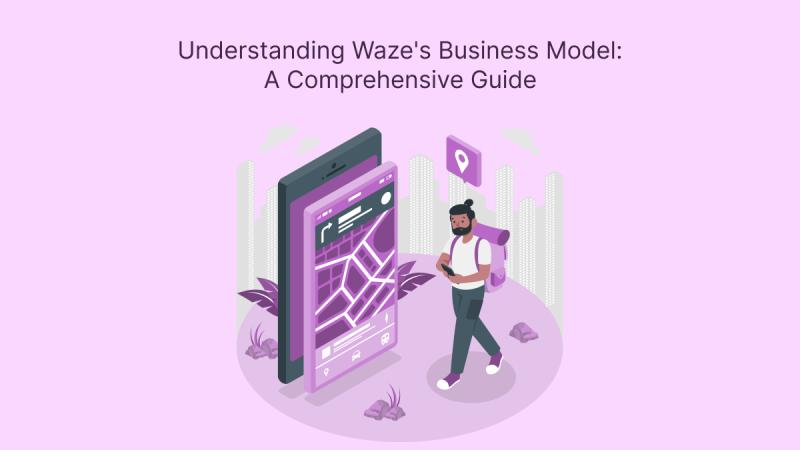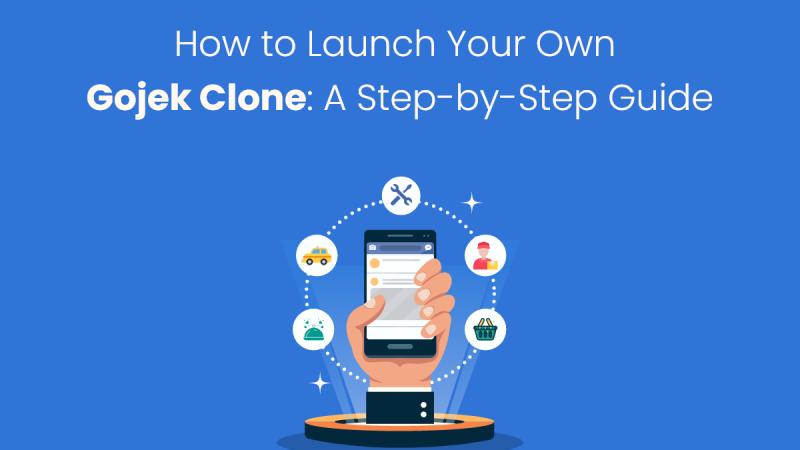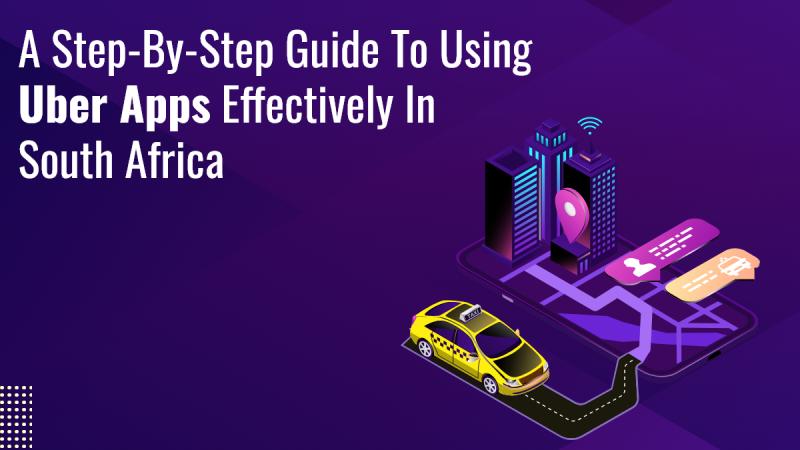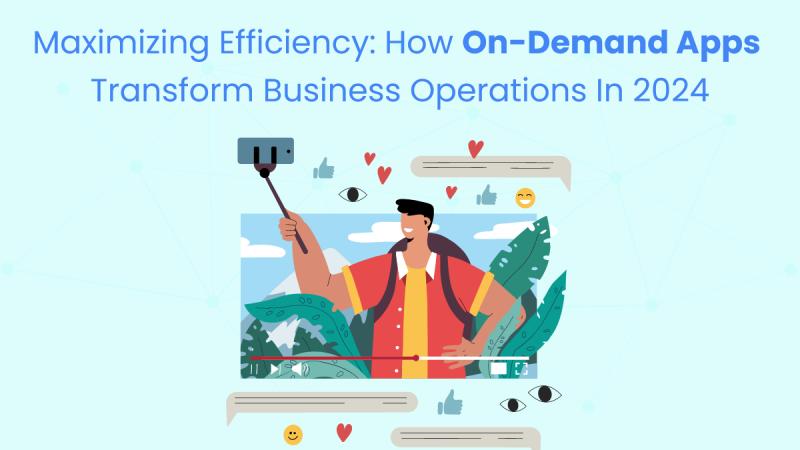What is Blinkit's Business Model and How Does it Work?

In recent years, the e-commerce industry has witnessed a remarkable shift with the emergence of quick commerce, promising ultra-fast delivery times to consumers. One of the key players in this domain is Blinkit, formerly known as Grofers. This Indian startup has revolutionized the way people shop for groceries and essentials by offering delivery times as short as 10 minutes. In this blog, we will delve into Blinkit business model, exploring how it operates, its revenue streams, and what sets it apart from traditional e-commerce platforms.
The Evolution of Blinkit
From Grofers to Blinkit
Grofers, established in 2013 by Albinder Dhindsa and Saurabh Kumar, started as an online grocery delivery service. Initially, it aimed to connect local stores with consumers, offering a wide range of products delivered to their doorstep. However, as the market evolved, so did Grofers' business model. In 2021, Grofers rebranded itself as Blinkit, aligning with its new focus on instant delivery.
The Rise of Quick Commerce
Quick commerce, or Q-commerce, refers to the delivery of goods in a significantly shorter time frame compared to traditional e-commerce. Blinkit adopted this model, targeting busy urban consumers who value speed and convenience. The rebranding marked a strategic shift towards this burgeoning segment, allowing Blinkit to carve a niche for itself in the competitive e-commerce landscape.
Blinkit's Business Model
Key Components
Dark Stores
At the core of Blinkit's business model are dark stores and small warehouses strategically located within urban areas. These dark stores are not open to the public but are optimized for rapid order fulfillment. By positioning these dark stores in high-density areas, Blinkit ensures that it can deliver products to consumers within a short time frame.
Inventory Management
Blinkit maintains a carefully curated inventory within its dark stores. The focus is on high-demand items such as groceries, fresh produce, snacks, beverages, and household essentials. This approach allows Blinkit to streamline its operations and minimize the time required to pick, pack, and dispatch orders.
Technology Integration
Blinkit leverages advanced technology to manage its operations efficiently. The platform uses data analytics to predict demand, optimize inventory levels, and streamline the order fulfillment process. Real-time tracking and route optimization algorithms ensure that delivery personnel can navigate urban areas swiftly and efficiently.
Revenue Streams
Delivery Fees
One of the primary revenue streams for Blinkit is the delivery fee charged to customers. The fee varies based on factors such as order value, delivery distance, and delivery time. While the delivery fee is a direct source of revenue, it also incentivizes larger orders, as customers often receive discounts on delivery charges for meeting a minimum order value.
Commissions from Partner Stores
Blinkit partners with local stores and brands, earning a commission on each sale made through its platform. This partnership model benefits both Blinkit and the stores, as it provides increased visibility and sales for the partners while ensuring a diverse product range for customers.
Subscription Plans
To enhance customer loyalty and encourage repeat business, Blinkit offers subscription plans. These plans provide benefits such as free or discounted deliveries, exclusive deals, and priority customer support. Subscription revenue adds a recurring income stream to Blinkit's business model.
Advertising and Promotions
Blinkit also generates revenue through advertising and promotional activities. Brands can pay for premium placement on the platform, ensuring their products are prominently featured. Additionally, Blinkit runs promotional campaigns and offers sponsored listings to boost visibility and drive sales.
Operational Efficiency
Hyper-Local Focus
Blinkit's hyper-local focus is a key factor in its operational efficiency. By catering to specific neighborhoods and communities, Blinkit can tailor its inventory to local preferences and demand patterns. This localized approach minimizes wastage and ensures that customers receive fresh and relevant products.
Fleet Management
The delivery fleet plays a crucial role in Blinkit's quick commerce model. Blinkit employs a mix of delivery personnel, including full-time employees and gig workers, to ensure timely deliveries. Efficient fleet management and real-time tracking enable Blinkit to meet its promise of ultra-fast delivery.
Customer Experience
Customer experience is paramount to Blinkit's success. The platform offers a user-friendly app and website, enabling customers to browse products, place orders, and track deliveries seamlessly. Blinkit's commitment to reliability and speed has garnered a loyal customer base, driving repeat business and positive word-of-mouth referrals.
Competitive Advantages
Speed and Convenience
Blinkit's most significant competitive advantage is its ability to deliver products within 10-20 minutes. This speed and convenience cater to the needs of urban consumers who seek immediate solutions for their grocery and household needs. The promise of ultra-fast delivery sets Blinkit apart from traditional e-commerce platforms and even some of its quick commerce competitors.
Wide Product Range
Despite the emphasis on speed, Blinkit does not compromise on product variety. The platform offers a wide range of products, from fresh produce to snacks and beverages, ensuring that customers can find everything they need in one place. This comprehensive product range enhances customer satisfaction and encourages repeat purchases.
Technology-Driven Operations
Blinkit's technology-driven approach underpins its entire business model. The use of data analytics, real-time tracking, and route optimization not only enhances operational efficiency but also contributes to a seamless customer experience. The integration of technology allows Blinkit to scale its operations while maintaining high standards of service.
Challenges and Future Prospects
Operational Costs
Maintaining a network of dark stores and a fleet of delivery personnel incurs significant operational costs. Balancing these costs with competitive pricing and delivery fees is a challenge Blinkit must navigate to sustain profitability.
Competition
The quick commerce segment is highly competitive, with several players vying for market share. Blinkit faces competition from established e-commerce giants and other quick commerce startups. Differentiating itself through superior service, customer experience, and innovation will be crucial for Blinkit's long-term success.
Expansion Plans
Looking ahead, Blinkit aims to expand its presence to more cities and regions. This expansion will require strategic planning, investment in infrastructure, and adaptation to local market dynamics. As Blinkit scales, maintaining the same level of operational efficiency and customer satisfaction will be paramount.









Comments